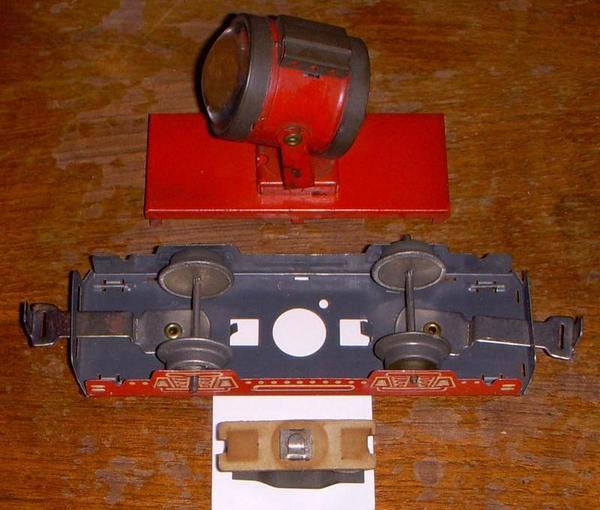You can approach train collecting from lots of different viewpoints - all of which are valid or acceptable to different people.
Many of us like to see trains "saved" by parts replacement, rewiring, paint retouching, etc., etc.
Others want everything left exactly as is to study how details of construction evolved over the years.
For example, replacing the broken boiler front on a 1950 Berkshire with one from a 1956 version will make it more attractive in the eyes of some, but that little wedge under the headlight will bother others since it wasn't there on the 1950 model (similar to the nickel/copper switch CW mentioned).
That is why many seek those treasures straight from an attic since those have had less chance of experiencing parts replacement, etc. The toy train historian/collector wants to see when the details changed, or what version of the 3459 dump car came with what set from the late 40s.
But, not everyone can be expected to value such details. Someone who restores a piece to operating condition may have muddied the historic details, but there is now one more operating item that would have otherwise probably ended up in a landfill.
The only real consensus seems to be that a "rare" item should not purposely be created for financial gain.
I may have taken this discussion farther than needed to answer the original question, but I think it's important to be tolerant of how others enjoy this hobby.
Hopefully, there are still lots of trains out there, enough to satisfy both the needs of the collector/historian as well as the collector/operator/restorer. Neither should be criticized for their approach to the hobby. 
Jim






